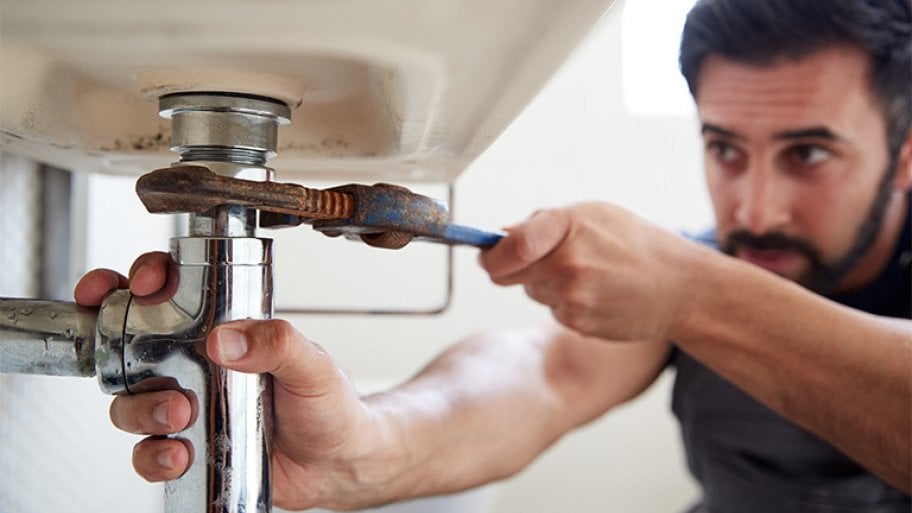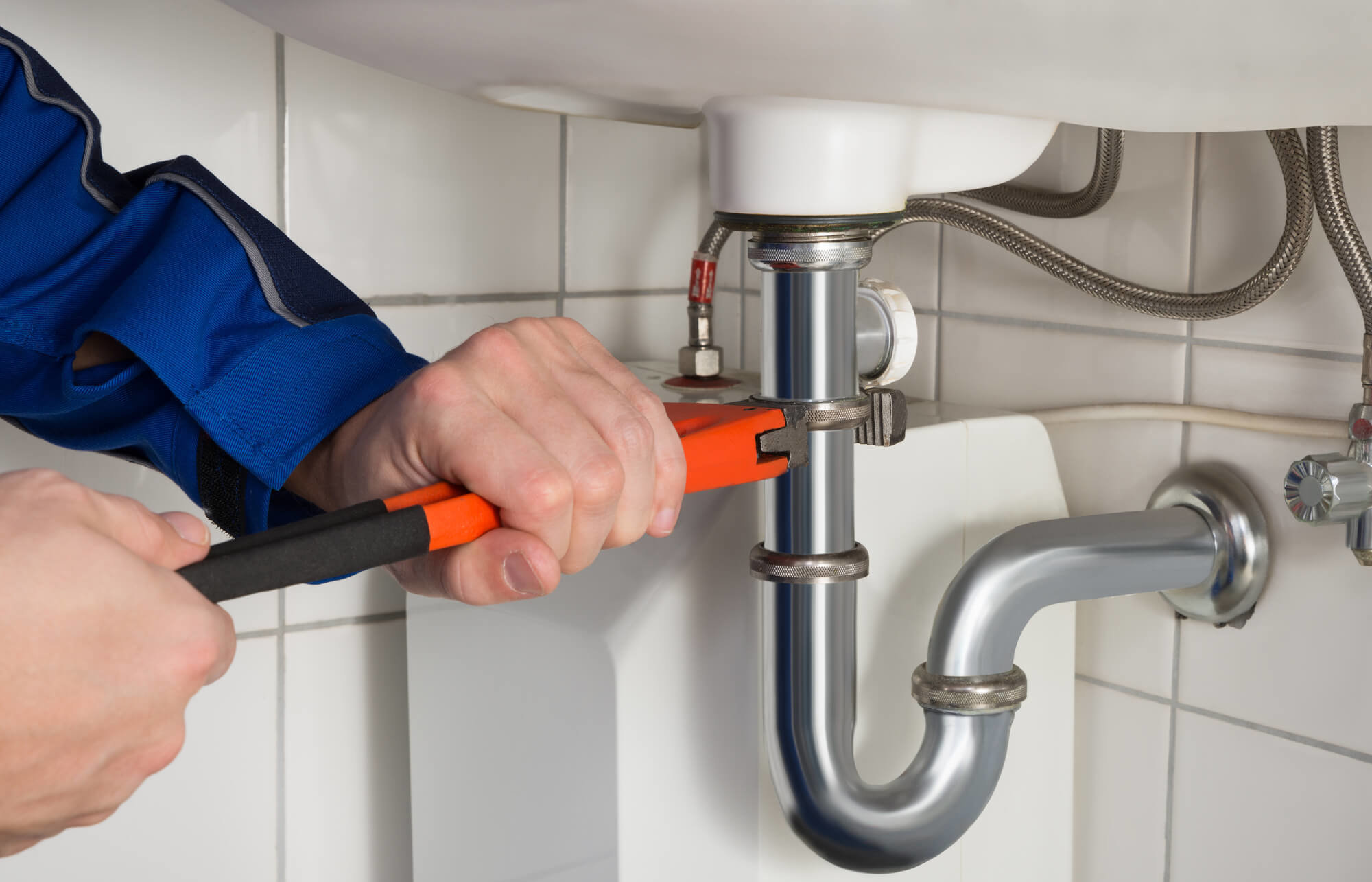Methods To Locating and Repairing Annoying Plumbing Sounds
Methods To Locating and Repairing Annoying Plumbing Sounds
Blog Article
Do you find yourself in search of ideas on Diagnose Unwanted Plumbing Noises?

To diagnose noisy plumbing, it is necessary to identify initial whether the undesirable noises occur on the system's inlet side-in other words, when water is turned on-or on the drain side. Noises on the inlet side have varied causes: excessive water stress, used shutoff as well as tap parts, incorrectly connected pumps or other appliances, inaccurately positioned pipeline fasteners, and plumbing runs containing way too many limited bends or other restrictions. Sounds on the drain side usually stem from bad area or, as with some inlet side noise, a format including tight bends.
Hissing
Hissing sound that occurs when a faucet is opened a little generally signals too much water stress. Consult your local public utility if you believe this issue; it will have the ability to inform you the water pressure in your location and also can install a pressurereducing shutoff on the incoming water supply pipeline if needed.
Thudding
Thudding noise, often accompanied by trembling pipelines, when a faucet or device valve is switched off is a condition called water hammer. The noise and also vibration are triggered by the resounding wave of pressure in the water, which unexpectedly has no area to go. In some cases opening up a shutoff that discharges water rapidly into a section of piping consisting of a constraint, joint, or tee installation can generate the very same problem.
Water hammer can usually be cured by setting up installations called air chambers or shock absorbers in the plumbing to which the issue valves or faucets are attached. These gadgets permit the shock wave developed by the halted flow of water to dissipate in the air they consist of, which (unlike water) is compressible.
Older plumbing systems may have brief upright sections of capped pipeline behind wall surfaces on tap competes the same function; these can at some point fill with water, decreasing or ruining their efficiency. The remedy is to drain the water system totally by turning off the primary supply of water valve and also opening all faucets. After that open the main supply shutoff as well as close the faucets one at a time, beginning with the tap nearest the valve and also ending with the one farthest away.
Babbling or Shrieking
Extreme chattering or shrieking that occurs when a valve or faucet is switched on, and that usually goes away when the installation is opened fully, signals loose or malfunctioning inner components. The option is to change the shutoff or tap with a brand-new one.
Pumps as well as home appliances such as washing equipments and dish washers can move motor noise to pipelines if they are poorly connected. Link such things to plumbing with plastic or rubber hoses-never inflexible pipe-to isolate them.
Other Inlet Side Noises
Creaking, squeaking, scraping, breaking, and also touching usually are caused by the growth or contraction of pipes, generally copper ones supplying hot water. The sounds take place as the pipelines slide versus loosened bolts or strike neighboring residence framework. You can often pinpoint the location of the problem if the pipelines are revealed; simply comply with the sound when the pipelines are making sounds. Probably you will uncover a loosened pipe wall mount or a location where pipelines exist so near to flooring joists or various other framing pieces that they clatter versus them. Connecting foam pipeline insulation around the pipes at the point of get in touch with should correct the problem. Make sure straps as well as wall mounts are secure and also give ample assistance. Where feasible, pipe fasteners need to be connected to large structural elements such as structure wall surfaces rather than to mounting; doing so reduces the transmission of resonances from plumbing to surfaces that can intensify and move them. If attaching fasteners to framework is unavoidable, wrap pipelines with insulation or various other resilient material where they speak to bolts, and sandwich the ends of brand-new bolts in between rubber washers when installing them.
Correcting plumbing runs that suffer from flow-restricting limited or various bends is a last option that should be embarked on only after seeking advice from a proficient plumbing specialist. Sadly, this scenario is fairly usual in older residences that may not have actually been developed with interior plumbing or that have seen a number of remodels, specifically by beginners.
Drain Noise
On the drain side of plumbing, the principal goals are to eliminate surface areas that can be struck by falling or hurrying water as well as to insulate pipelines to include unavoidable audios.
In new building and construction, tubs, shower stalls, toilets, as well as wallmounted sinks and also basins need to be set on or against durable underlayments to lower the transmission of sound with them. Water-saving commodes and taps are much less loud than traditional designs; install them rather than older types even if codes in your location still allow utilizing older fixtures.
Drainpipes that do not run up and down to the cellar or that branch into straight pipeline runs supported at flooring joists or other framing present specifically problematic noise problems. Such pipelines are large sufficient to radiate considerable vibration; they additionally lug substantial amounts of water, which makes the scenario even worse. In brand-new building, define cast-iron dirt pipelines (the huge pipelines that drain toilets) if you can afford them. Their enormity has a lot of the noise made by water passing through them. Likewise, avoid routing drains in wall surfaces shown to bed rooms and rooms where individuals gather. Wall surfaces containing drains should be soundproofed as was explained previously, utilizing dual panels of sound-insulating fiberboard as well as wallboard. Pipelines themselves can be covered with special fiberglass insulation produced the objective; such pipelines have an impervious vinyl skin (sometimes including lead). Results are not constantly satisfactory.
WHY IS MY PLUMBING MAKING SO MUCH NOISE?
This noise indeed sounds like someone is banging a hammer against your pipes! It happens when a faucet is opened, allowed to run for a bit, then quickly shut — causing the rushing water to slam against the shut-off valve.
To remedy this, you’ll need to check and refill your air chamber. Air chambers are filled with — you guessed it — air and help absorb the shock of moving water (that comes to a sudden stop). Over time, these chambers can fill with water, making them less effective.
You’ll want to turn off your home’s water supply, then open ALL faucets (from the bathroom sink to outdoor hose bib) to drain your pipes. Then, turn the water back on and hopefully the noise stops! If you’re still hearing the sound, give us a call to examine further.
Whistles
Whistling sounds can be frustrating, as sometimes the source isn’t easily identified. However, if you can pinpoint which faucet or valve that may be the cause, you’ll likely encounter a worn gasket or washer — an easy fix if you replace the worn parts!Whistling sounds from elsewhere can mean a number of things — from high water pressure to mineral deposits. Your best plan of attack here is to give our plumbing experts a call. We’ll be able to determine where the noise is coming from and what the cause may be, then recommend an effective fix!
Cracks or Ticks
Cracking or ticking typically comes from hot water going through cold, copper pipes. This causes the copper to expand resulting in a cracking or ticking sound. Once the pipes stop expanding, the noise should stop as well.
Pro tip: you may want to lower the temperature of your water heater to see if that helps lessen the sound, or wrapping the pipe in insulation can also help muffle the noise.
Bangs
Bangs typically come from water pressure that’s too high. To test for high water pressure, get a pressure gauge and attach it to your faucet. Water pressure should be no higher than 80 psi (pounds per square inch) and also no lower than 40 psi. If you find a number greater than 80 psi, then you’ve found your problem!
Next step is to give us a call in order to install a pressure regulator. Trust us, you don’t want to wait to resolve this issue. Not only is the sound annoying, but high water pressure can be destructive to your home — including damaging certain appliances, like your washer and dishwasher.
Dripping
You might be accustom to the slow quiet drip your kitchen faucet makes. You might have even tuned out your bathroom sink dripping and drabbing all day long — but it’s time to find its cause.
A slow drip could signify a variety of easy to fix issues, such as a worn out O ring, or loose part. And by ignoring the drip, you could be wasting up to 2,000 gallons of water a year! So start conserving water — get it looked at ASAP.
https://www.pwessig.com/blog/2018/december/why-is-my-plumbing-making-so-much-noise-/

I stumbled upon that content on Diagnose Unwanted Plumbing Noises when surfing around the internet. For those who enjoyed reading our article if you please don't forget to share it. Thanks for taking the time to read it.
Dial instantly! Report this page